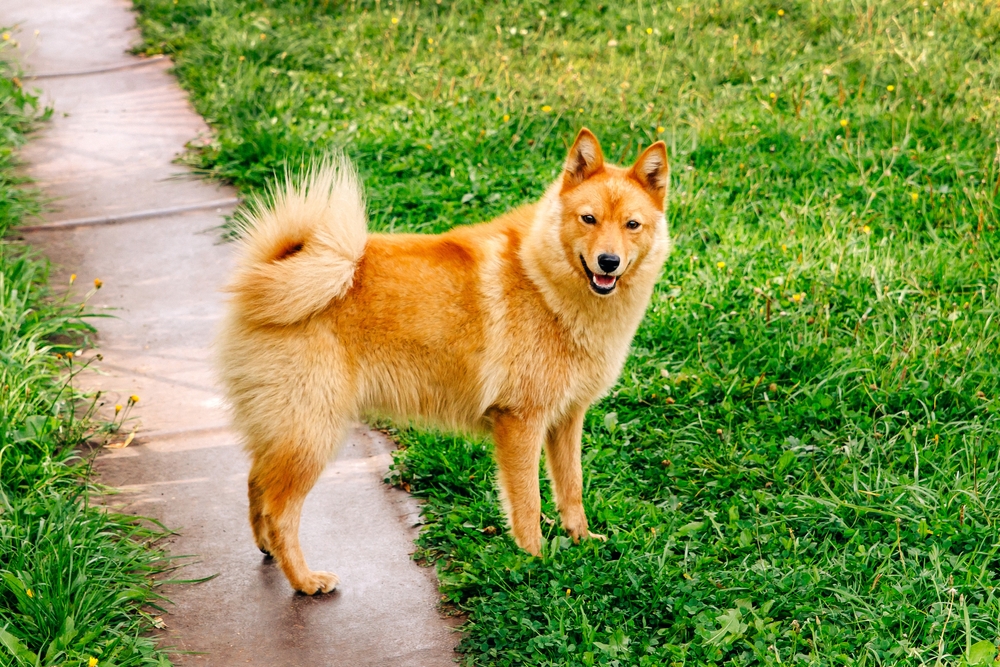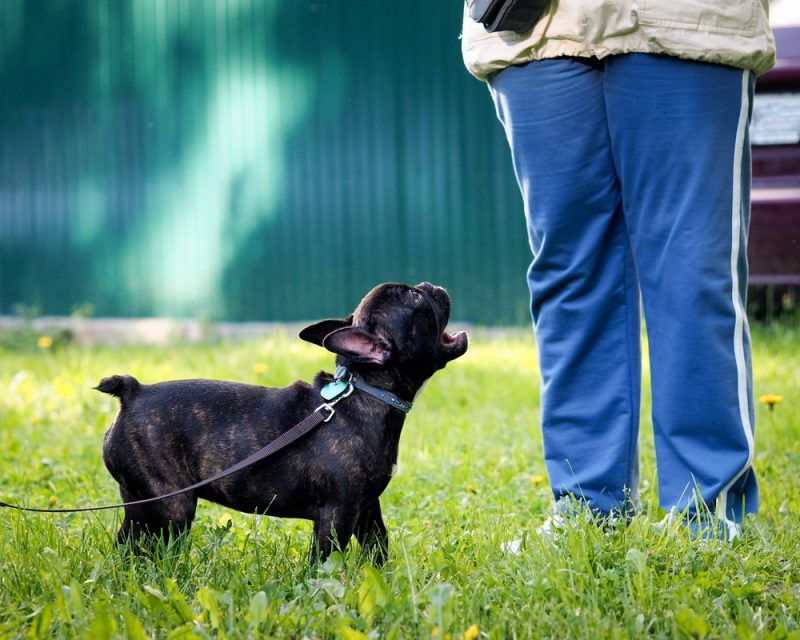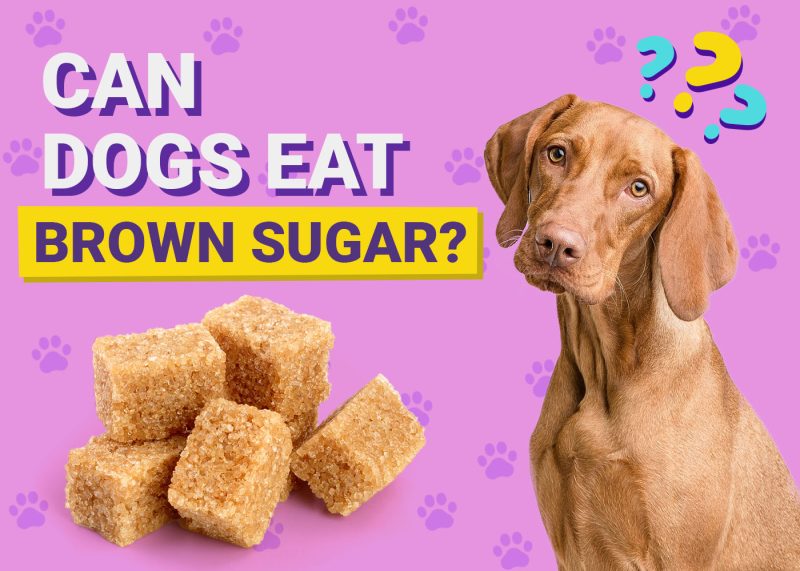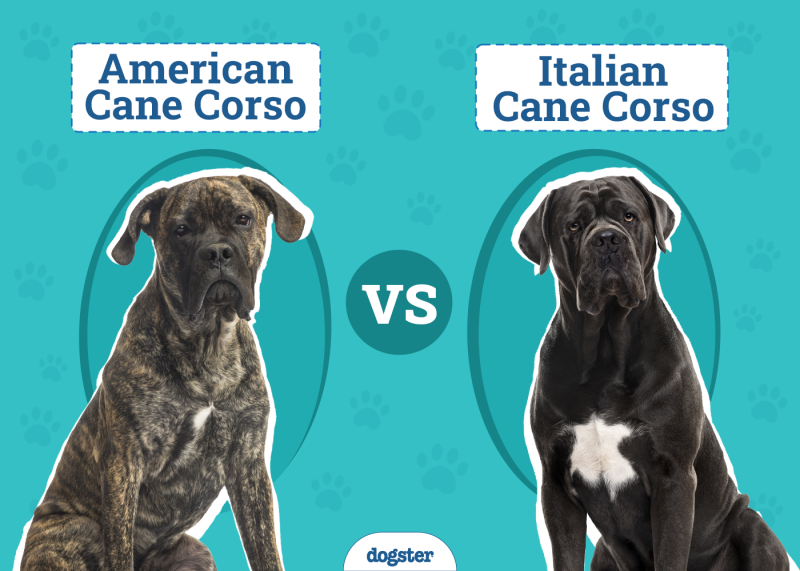In this article
View 8 More +Though rare in America, the Finnish Spitz is the pride and joy of their native land, and it’s easy to see why! Finland’s most popular breed is active, perky, and wholly unique, but their singular personality bears plenty of challenges alongside their benefits. They make an excellent breed for some and a poor pet choice for others. Discover how this adorable pup could fit into your family dynamic by checking out these essential Finnish Spitz facts and traits.
Breed Overview
Height:
15.5–20 inches
Weight:
20–33 pounds
Lifespan:
10–15 years
Colors:
Red gold
Suitable for:
Active and loving families, experienced owners
Temperament:
Sweet-tempered, animated, affectionate, active, intelligent, willful, sensitive, loyal, vocal, alert
The Finnish Spitz is the national dog breed of Finland, and they go by the name “Suomenpystykorva” (“Finnish cock-eared dog”). The primitive breed has numerous foxlike defining features, from their sharp ears and muzzle to their glowing red coat.
More recognizable than anything is their bark, which is a collection of staccato yodels the dogs use while hunting small game. As companions, these loyal and playful pets bring a friendly, albeit noisy, spirit to the household.
Finnish Spitz Characteristics

Finnish Spitz Puppies
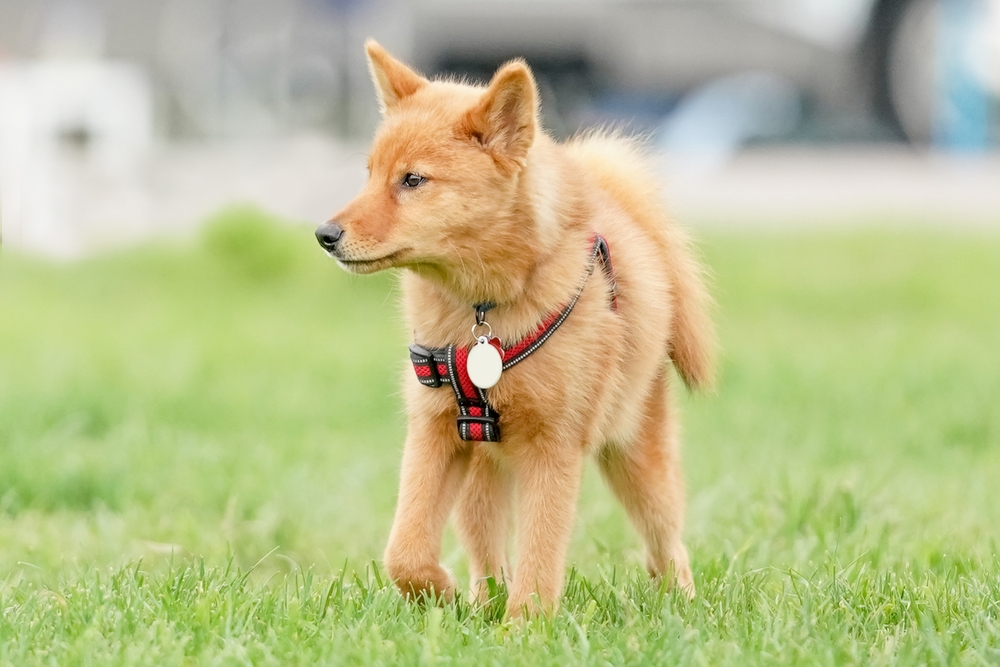
The Finnish Spitz is one of the rarer breeds in the U.S., leaving few options for those seeking an accessible breeder. A limited selection of reputable breeders appears on the AKC Marketplace and the Finnish Spitz Club of America’s listings. Alternatively, you may find Finnish Spitz or mixes to adopt via Adopt a Pet or PetFinder, though verifying the genealogy is more challenging.
If you use a breeder, you’ll likely have to travel a decent distance to check out the facilities and meet the dogs, a critical step before buying. Finnish Spitz can be a handful. While pictures, stories, and breed breakdowns are helpful, spending time with the dogs is the only way to know if they are the right pick for you and whether the breeder is setting them up for success in the home.
Though discussing the importance of training and socializing is often redundant for any breed, these points are particularly critical when working with Finnish Spitz puppies. Finkies are independent and aloof, two traits that can become full-blown problems if you don’t address them at a young age.
Obedience training and frequent exposure to friendly people, pets, and novel situations are vital in developing well-mannered, outgoing dogs.
Finnish Spitz Origin & History
The Finnish Spitz originated 2,000–3,000 years ago when migrating Finno-Ugrics from central Russia brought their Spitz-type dogs to Scandinavia. Though they began as versatile hunters, they eventually narrowed their focus to birds and small game.
The Finnish Spitz remained relatively isolated until the 1800s. As cultures merged between Finnish people and other European communities, the Finnish Spitz interbred with various other dogs, causing a bottleneck that almost made the breed extinct.
Two enthusiasts, Hugo Roos and Hugo Sandberg, saw the dog’s value and dwindling numbers, motivating them to initiate a new effort to save them. In 1892, the Finnish Kennel Club recognized the Finnish Spitz as a unique breed.

Temperament & Intelligence of the Finnish Spitz 🧠
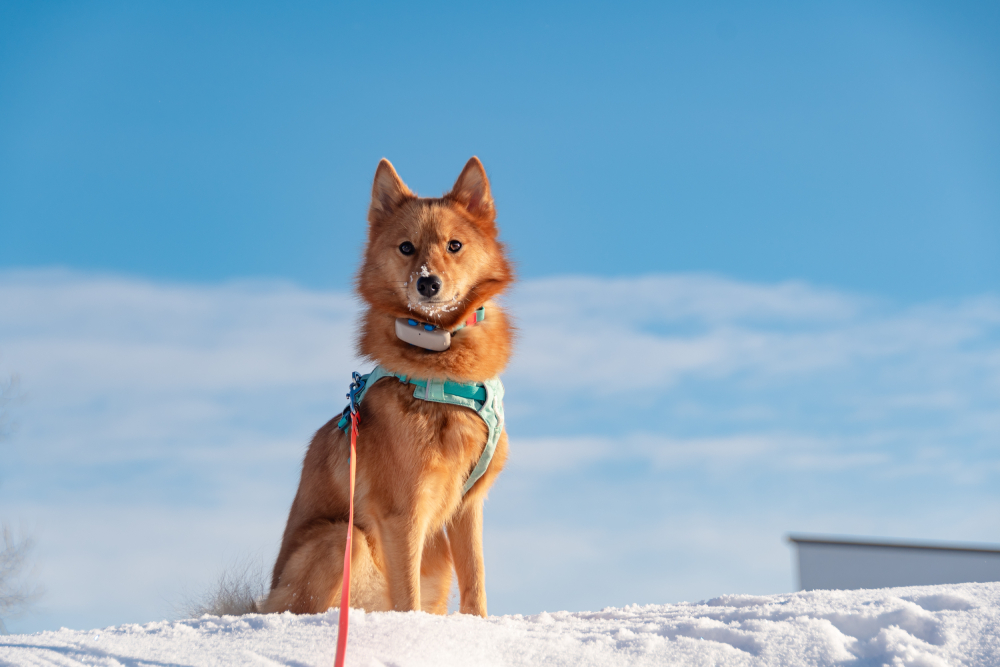
Finnish Spitz are intelligent and hardy hunting dogs, as they need to be to bear Finland’s cold climate and harsh environment. While that may seem like it would make them quick studies in training sessions, it more commonly leads to an independent streak that will overwhelm a first-time owner.
Finnish Spitzes are as playful and protective of their people as they are strong-willed. They’re skilled problem solvers who like to do things their own way. An eagerness to please doesn’t come standard. Their clever, restless minds can get them into trouble without consistent training or attention, from disobeying commands to chewing on furniture.
Finnish Spitz are energetic and playful yet wary of strangers. They aren’t aggressive, but anyone coming to the door will set off their frenetic barking. Even a well-socialized dog who gets along with others will still view outsiders with caution and skepticism.
Are These Dogs Good for Families? 🏡
The Finnish Spitz adores their family, particularly the children in it. They love to play, and despite their bold nature with other dogs, they show tolerance and patience with their people. Given their desire for companionship, having more people in the home to give them attention is in their best interest.
In many ways, the greatest worry with bringing a Finnish Spitz into the family is the children’s behavior, not the dog’s. Finnish Spitz are sensitive, particularly to loud noises and conflict in the home. If you or your children are raucous, constantly fighting, or angry and emotional, your dog may be more prone to stress. Ideally, they’ll have a home where calm tempers reign supreme, or the kids at least know how to handle and behave around the dog.
Does This Breed Get Along with Other Pets? 🐶 😽
A Finnish Spitz isn’t always the best dog to mix with other pets. They can be aggressive toward unfamiliar dogs, emphasizing the need for early socialization before you let them run loose at the park. A bold, fearless character and dominant approach may also create problems with dogs they know.
Their rough and rowdy play style can become problematic with others, especially during their rambunctious adolescent period.
Finnish Spitzes bring a new set of challenges around small pets. As long-time hunters, they have a high prey drive that becomes apparent as soon as they catch sight of a streaking cat or another small animal. Although you can get a Finnish Spitz to live amicably with others, constant training and early introductions will make an enormous difference in keeping both pets safe and comfortable in a shared space.
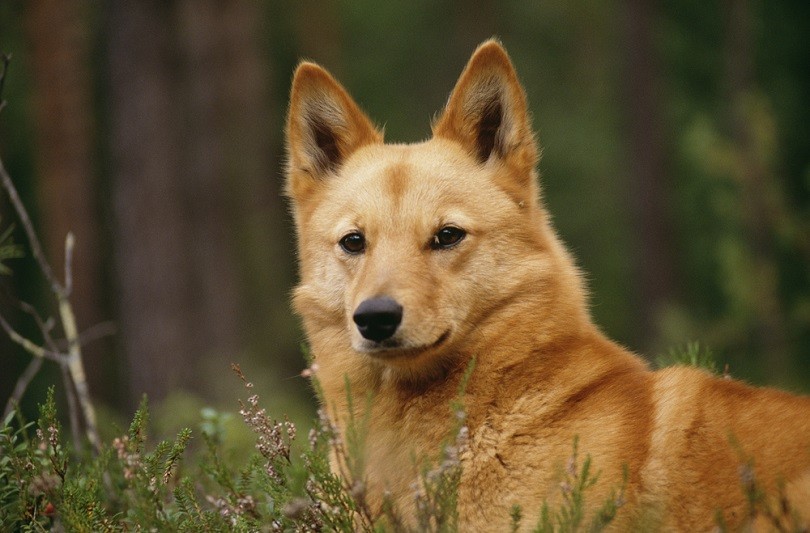

Things to Know When Owning a Finnish Spitz:
You’ll have your work cut out for you with a Finnish Spitz. Since they’re prone to constant barking, bored behaviors, and mischief, the bright and alert dogs have several traits and tendencies to address through patient, persistent training.
Barking is the Finnish Spitz’s hallmark. Sharp hearing and eyesight alert them to any minor disturbance, and they’ll immediately sound the alarm when they notice a potential threat or something amiss. Though Finnish Spitz are not practical guard dogs, this responsiveness makes them an excellent choice if you’re looking for a watchdog.
But the barking doesn’t begin and end there. You’ll soon discover that the Finnish Spitz will yap at anything they think is worth your attention. Barking is essential in their hunting role to communicate with their handlers.
As household pets, that chattiness can emerge at any time, whether they’re in the backyard, out on a walk, or hanging out in the house. While it’s welcome in some situations, this is one trait you’ll have to train out to preserve your relationship with the neighbors.
Food & Diet Requirements 🦴
Finnish Spitz need a routine of high-quality nutrition and sufficient exercise to keep their bodies in shape. The best foods will feature lean protein from real meat sources with a balanced blend of essential vitamins, minerals, and healthy fats.
It’s best to select commercial dog food according to your dog’s life stage. You can talk to your vet about the best feeding plan to optimize their development, protect their joints, and prevent obesity as they age.
As with many dogs, feeding young Finnish Spitz several smaller meals throughout the day can help them manage their energy demands. Once mature, an adult Finn will eat about 1.5–2 cups of food daily. To manage your dog’s weight, keep table scraps to a minimum and ensure treats make up no more than 10% of their daily calories.
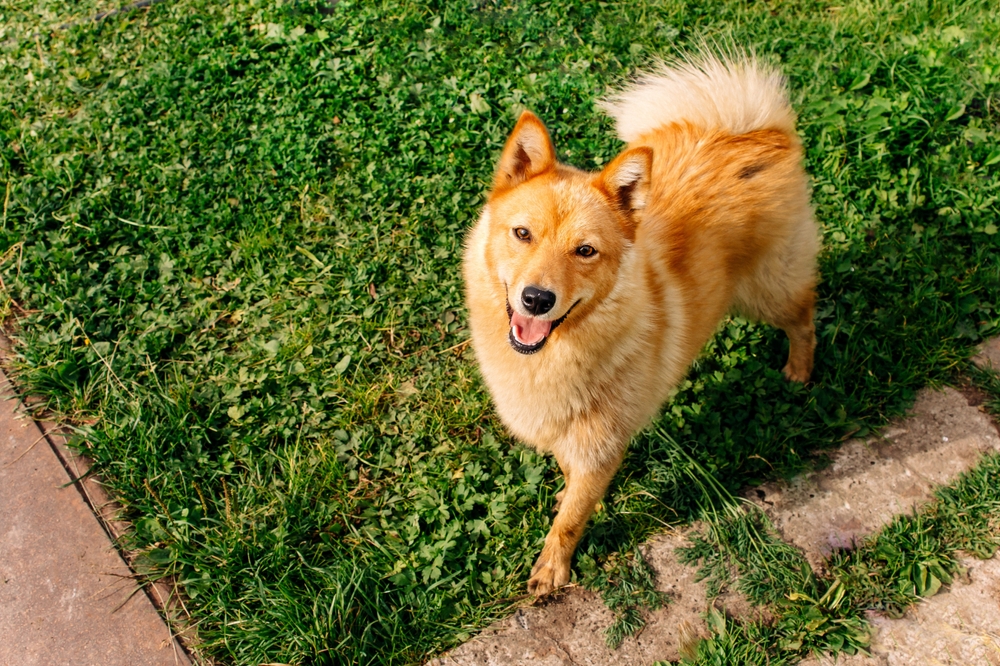
Exercise 🐕
Exercise is essential in keeping a Finnish Spitz well-behaved in the home. An under-stimulated dog is often destructive and vocal, and with their active minds and bodies, they need a healthy daily workout. Adult Finnish Spitz should receive at least an hour of quality exercise daily.
Long walks are ideal, or you can take them on more rigorous jogs and hikes. The leash will still be necessary in those cases, as the Finnish Spitz likes to take off after anything that catches their attention when given the chance.
A high, secure backyard fence is critical for this reason. As a clever escapist, the Finnish Spitz can find a way over or under a seemingly impassable wall. And the strong hunting drive will likely make them take off if they make it out. Recall is trainable to a degree, but it’s one of the many training challenges requiring consistency and patience.
Training 🦮
Training a Finnish Spitz is critical from the second you bring them home. They are sharp, independent, and ready to ignore you if what you’re asking doesn’t interest or suit them. You must set boundaries and focus on obedience early with firm, consistent leadership that respects their intelligence and sensitivity.
Finnish Spitzes need a gentle training approach. They don’t react well to harsh corrections, anger, or frustration, but they also get bored quickly and have trouble staying motivated. Owners should make sessions short and varied to maintain engagement, applying patience and positivity to keep dogs focused on the rewards of obedience.
Striking a consistently firm yet upbeat style can take practice, so you may consider puppy classes with a professional to start you and your dog off on the right foot.
Grooming ✂️
Finnish Spitz are clean dogs that rarely have a doggy odor. The thick, medium-length red coat doesn’t require haircuts or exhaustive grooming, but the shedding needs frequent attention. Brushing them two to three times weekly is typically sufficient, with baths occurring every month or longer, depending on how dirty your dog usually gets.
When the shedding season rolls around in the spring and fall, expect to brush your dog every day with a de-shedding tool and slicker to remove the massive amounts of loosened undercoat. Bathing is helpful at this time to release much of the dead fur, and thorough blow drying becomes necessary to blow out the fluff and thoroughly dry the body.
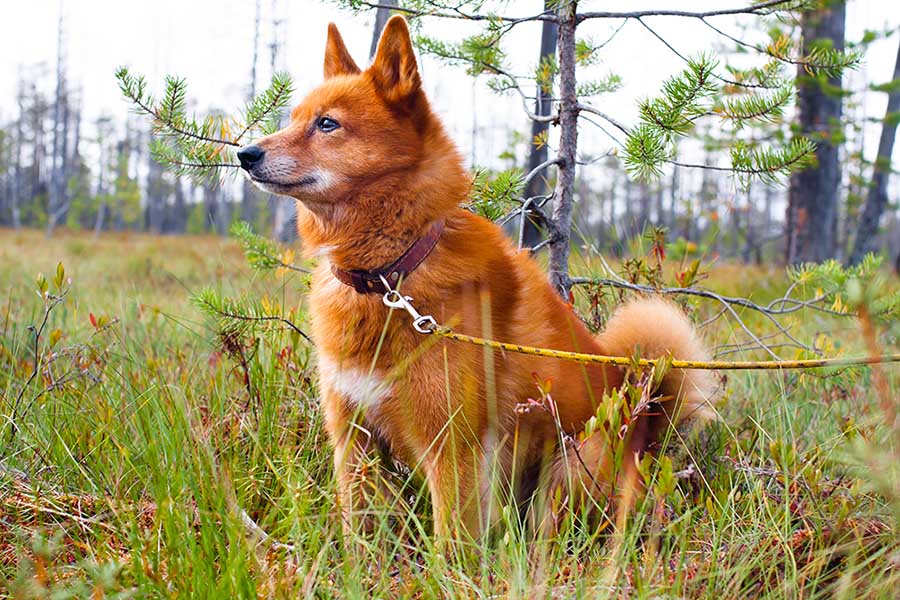
Health and Conditions ❤️
Finnish Spitz are generally healthy dogs thanks to the culture of responsible breeding. The primary concerns in the breed are hip and elbow dysplasia and patellar luxation, issues that breeders typically screen. The Finnish Spitz is also uniquely prone to epilepsy, a condition roughly 1.7 times more common in males than females.
- Eye problems
- Hip and elbow dysplasia
- Luxating patella
- Epilepsy
- Obesity
- Hypothyroidism
- Immune-mediated hemolytic anemia
- Pemphigus foliaceus

Male vs Female
Male Finnish Spitzes are slightly taller and heavier than females. The male’s coat is thicker, particularly in the ruff about the neck, though the female’s bi-annual shedding is often more intense. The genders are similar in terms of temperament.

3 Little-Known Facts About the Finnish Spitz
1. Finnish Spitz Do Well in Agility and Other Dog Sports
Intelligence, athleticism, and an intense desire for mental and physical engagement make the Finnish Spitz the perfect candidate for dog sports. Agility, obedience, rallies, and countless other activities offer a chance to socialize, exercise, and practice focus, which is everything a growing Finn needs.
2. The Bark Is Unique and Purposeful
We can’t talk enough about the Finnish Spitz’s incredible bark. Once called the Finnish Barking Bird Dog, the breed developed their unmistakable vocalizations as part of their hunting technique. Once they locate a bird in a tree, they wag their tails and call out in their rapid-fire, yodel-like bark to alert their hunting companion.
As the hunter approaches, the noise and motion supposedly captivate the bird’s attention and conceal the hunter’s presence long enough for them to bring their quarry down.
3. They Have Ancestors Over 35,000 Years Old
The dog’s separation from the gray wolf is tricky to pinpoint, with many estimates placing it at roughly 10,000–20,000 years ago. However, a recent study reconciles the fact that archaeological evidence of dog-wolf hybrids dates back around 36,000 years.
DNA evidence shows several Nordic breeds are related to an extinct Taimyr wolf that inhabited Russia’s northern Taimyr Peninsula. Among those closely associated with the ancient wolf are the Siberian Husky, Greenland Sledge Dog, and the Finnish Spitz.

Final Thoughts
Nothing worth having comes easy. While managing the Finnish Spitz takes poise, unrelenting positivity, and ongoing training, they’ll reward your efforts with boundlessly playful and loving energy. As an excellent family dog, the Finnish Spitz is a rare treat and a source of delight and inspiration for everyone in the house.
Featured Image Credit: masterpiece creator, Shutterstock
